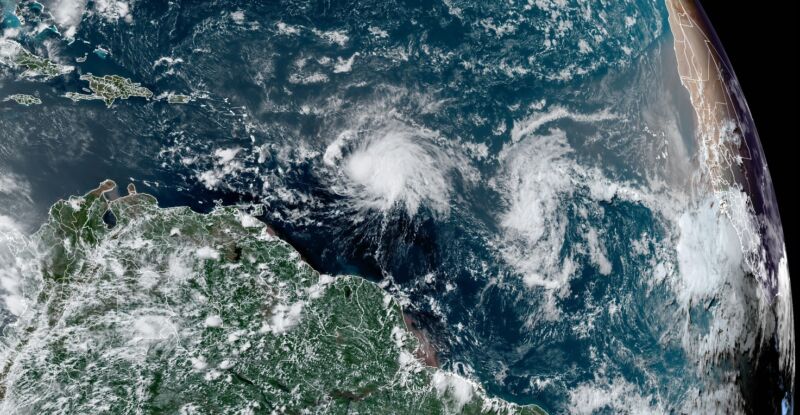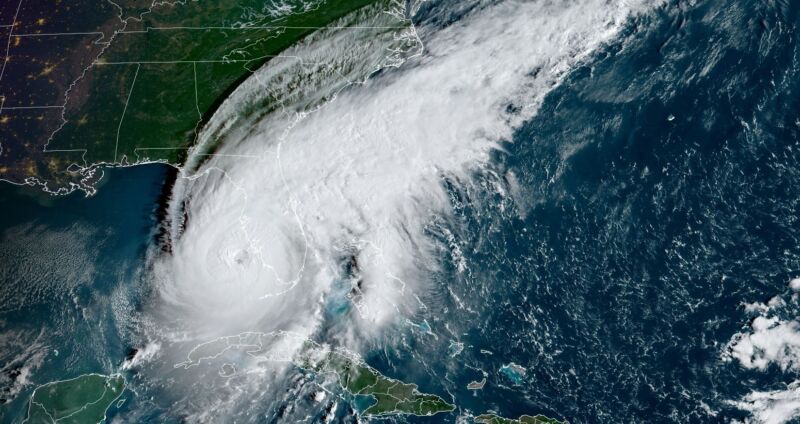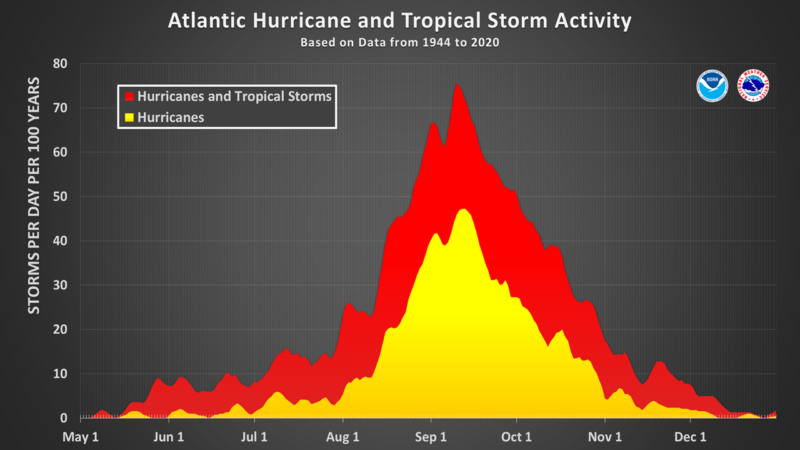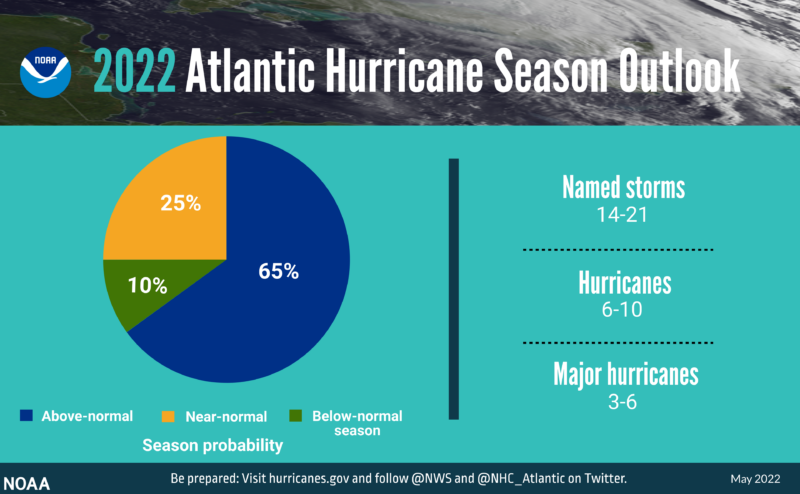-
 chevron_right
chevron_right
The Atlantic is frying, but so far hurricanes are dying. What’s going on?
news.movim.eu / ArsTechnica · Tuesday, 1 August, 2023 - 20:32

Enlarge / Don briefly reached hurricane status in July 2023. (credit: NOAA)
As July came to a close, the Atlantic Ocean was absolutely sizzling, particularly in areas where hurricanes commonly form.
In the "main development region," a stretch of tropical water between Africa and the Caribbean Sea where most major Atlantic hurricanes develop, the sea surface temperature averaged 82.4° Fahrenheit, a full degree above any previous July.
This kind of temperature, at least partly fueled by a changing climate, has only rarely been seen in past hurricane seasons—and then only during September or early October, when temperatures in the tropical Atlantic typically reach their peak.







